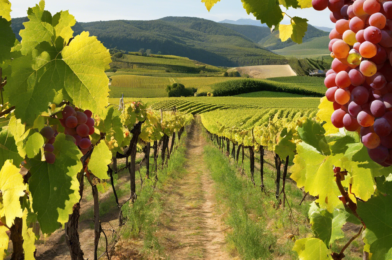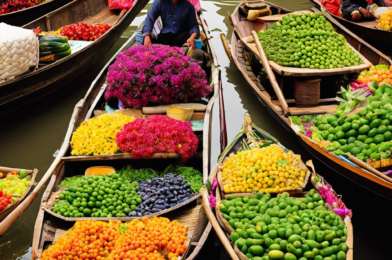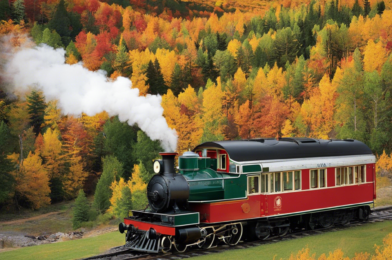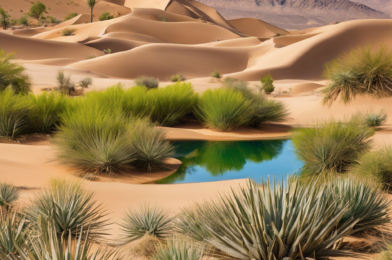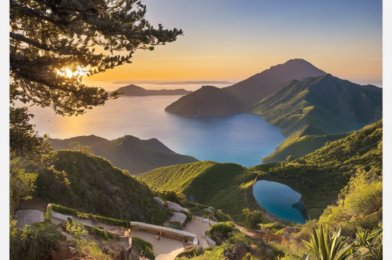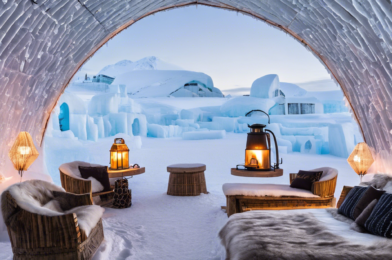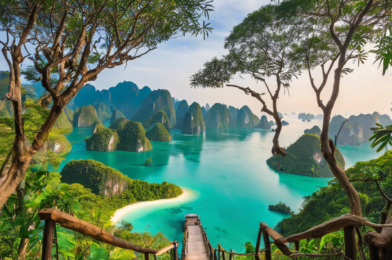Hidden Vineyard Experiences: Unveiling the World of Wine
For wine enthusiasts, there’s nothing quite like discovering hidden vineyard gems that offer unique wine-tasting experiences. It’s not just about the flavors and aromas dancing on your palate, but also the journey to unexpected regions, where the landscape, culture, and people enrich the whole wine-tasting adventure. From snowy Alpine hills to volcanic islands, get ready to explore secret vineyards that will leave a lasting impression.
Across the snowy Alps, in Austria, lies the Zillertal Valley, where crisp mountain air and sunny slopes create the perfect environment for vineyards. At over 2,300 feet above sea level, ice wines produced here are highly sought-after. The winery, “Alpenvin,” in the village of Stumm, is a must-visit. Their ice wines, made from frozen grapes picked in the depths of winter, offer a unique, concentrated flavor.
Hungary, a country with a rich wine history, boasts 22 wine regions. One of its hidden gems is the Badacsony wine region near Lake Balaton, known for its volcanic soil and microclimate. The basalt-rich soil imparts a distinct mineral character to the wines produced here. The region specializes in unique, indigenous varieties like Furmint, Kéknyelű, and Olaszrizling (known as “Welschriesling” in other parts of Europe).
Speaking of volcanic soils, the Canary Islands offer a wine experience like no other. The island of Lanzarote, with its black volcanic soil, is home to the La Geria wine region. The unique cultivation method, “enarenado,” involves vines planted in hollowed-out cones of volcanic ash, protecting them from the strong winds and preserving moisture. The result is a fresh, mineral-driven wine with a distinct character.
If you’re seeking an off-the-beaten-path wine adventure, look no further than Etna, Sicily. At the foot of the active volcano, Mount Etna, lies a wine region renowned for its complex and elegant wines. The volcanic soil and unique microclimate impart distinctive characteristics to the wines produced here. Nerello Mascalese and Carricante grapes thrive in this harsh yet beautiful terrain.
For an immersive experience, venture to the vineyards of Santorini, Greece. The island’s volcanic soil and dry climate produce distinct, mineral-rich wines with a hint of salinity. The indigenous Assyrtiko grape, widely cultivated on the island, creates wines of exceptional quality, reflecting the unique terroir of Santorini.
In the heart of Slovenia, the Jeruzalem Wine Road leads to surprising wine discoveries. This scenic route winds through lush vineyards and picturesque villages, offering a glimpse into the country’s rich wine heritage. The region is known for its crisp, refreshing white wines made from varieties such as Rebula, Laški Rizling, and Sauvignonasse.
China may not be the first country that comes to mind for wine tourism, but the Ningxia wine region is changing that perception. Located along the Yellow River, this region has emerged as a force in the wine world, with its distinctive Cabernet blends. The unique combination of sunny days and cool nights creates ideal conditions for producing wines with intense flavors and smooth tannins.
When it comes to hidden vineyard gems, England may not be the first place that comes to mind, but the Three Choirs Vineyard in Gloucestershire is certainly worth a visit. With a rich history dating back to the 8th century, this vineyard is one of England’s largest and oldest. The cool climate produces exceptional sparkling wines that rival those of Champagne, France.
Another unexpected wine destination is India, specifically the Nashik region in the Western Ghats. This emerging wine-producing area is gaining recognition for its vibrant and fruity wines. The unique combination of tropical climate and high altitude creates the ideal conditions for growing a diverse range of grape varieties, from the classic Shiraz and Chardonnay to less common Italian and Spanish grapes.
Last but not least, let’s venture to the land of fire and ice, Iceland. Despite the challenging conditions, winemaking is thriving here thanks to dedicated winemakers who embrace the unique climate and volcanic soil. The country’s first and largest vineyard, “Thorlakshofn,” is located on the southern coast, where the relatively milder climate allows for the cultivation of cold-climate grape varieties and the production of distinctive wines with a sense of place.
So, there you have it, wine enthusiasts! A journey through unexpected vineyard destinations that will leave you with memorable experiences and a deeper understanding of the world of wine. Remember to embrace the local culture, stunning landscapes, and, of course, the captivating flavors in your glass.

